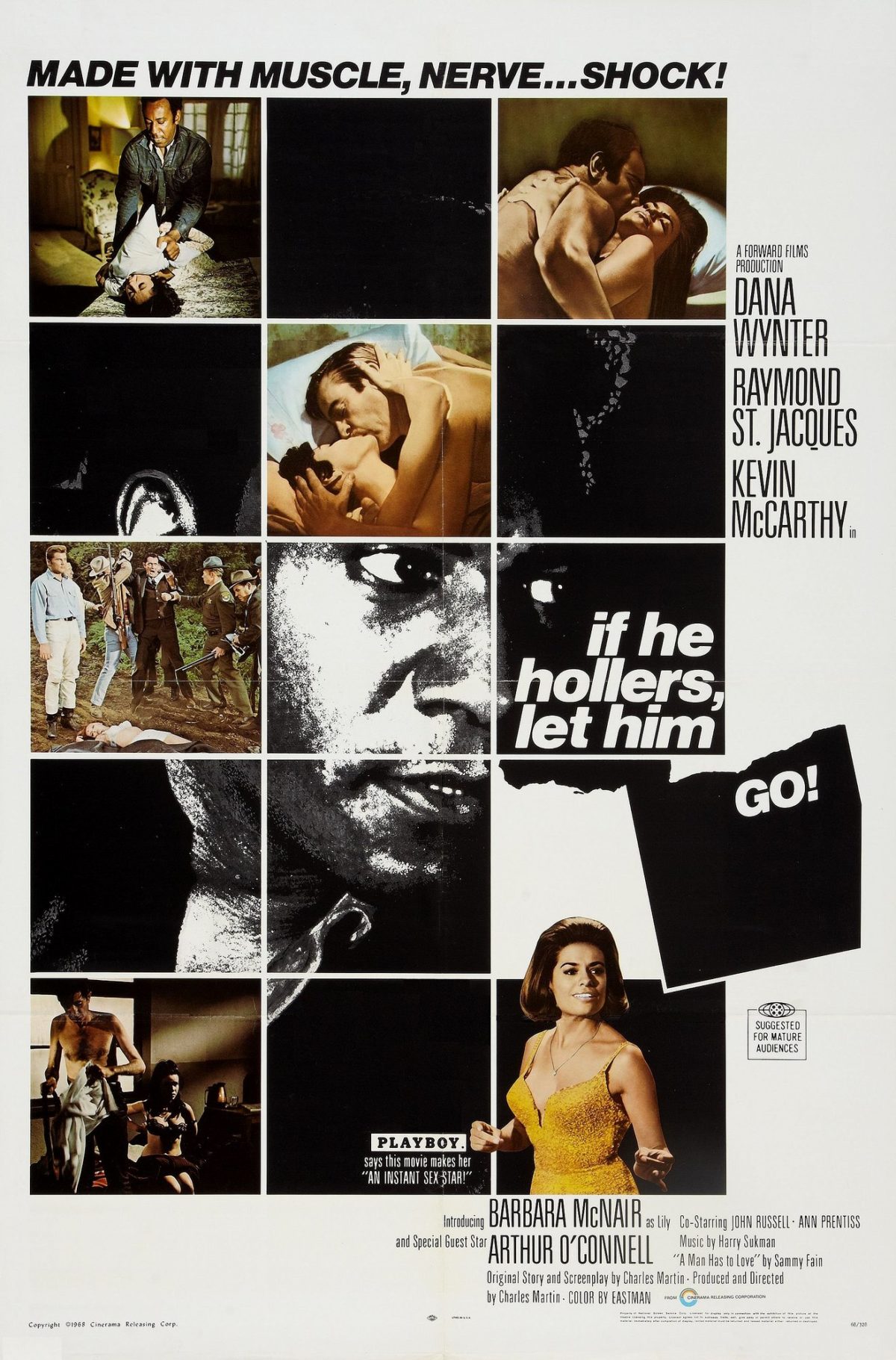As our course comes to an end and I begin to reflect on my previous blog posts, I find myself still in agreement with my very first post. In my post, “Noir – Moral Ambiguity and Reality” I argued that although Noir may seem really dramatic and many of the stories are not the most relatable, Noir examines the “darkness and imperfections of reality and human nature.” Now, having read more works in the noir genre and those which we have characterized as black noir, I still feel that noir reflects reality, in all of its darkness, imperfections, and moral ambiguity.
As a political science major, I have always enjoyed analyzing written works and trying to discern the deeper meaning or lesson that is hidden somewhere in the literature. In our discussion of Trick Baby, I found myself questioning the books that we were reading and if there is any deep meaning behind this literature, or if it is simply just an enjoyable book to read. However, even if a book is for entertainment purposes, I think it can still offer commentary on society and life at a certain point in history, which is why I think that many books in the noir genre are so reflective of society. In our first noir book, The Maltese Falcon, we were given a glimpse into San Francisco in the 1920s and met characters who didn’t make the best decisions at times, much like many people do today. Making mistakes and imperfections is a part of human nature and our reality. Many of the noir books we read exemplified this. Looking back on my other blog posts, which covered topics such as power, race & class, masculinity, and women in society, these are all things we experience daily and books in the noir genre reveal the darkness or problems which may exist in these areas.
The books which we characterized as “Black Noir,” while varying in storyline and subject matter, can also be seen as reflecting society. In the works such as If He Hollers Let Him Go, The Expendable Man, or Blanche on the Lam, these authors offered us glimpses of society in the United States throughout different time periods. In traditional Noir fashion, these books have elements such as a descent into darkness, moral ambiguity, and characters existing on the margins of society. These elements reveal themselves through the focus on racism in the United States and the different ways in which it manifests itself, and the ways in which many of these characters cope with experiencing racism. In this way, Noir can be seen as further reflecting our past and current realities, as racism is still an ever-present issue in the United States.
In signing up for this course I was curious about how we might centralize the black identity within a Noir genre, which I did not recall having any black characters. In being introduced to literature by black authors and that has protagonists who were black, I have come to realize the importance of being exposed to a range of literature and authors. Reading literature that is different from what we typically read challenges us both as readers and thinkers, exposing us to new ideas and perspectives. I know in reading Trick Baby and Never Die Alone, I really struggled to read a book that seemed so foreign to me, but I think this challenge allows me to realize that there are a lot of different stories to be told, all revealing truths that need to be shared.
